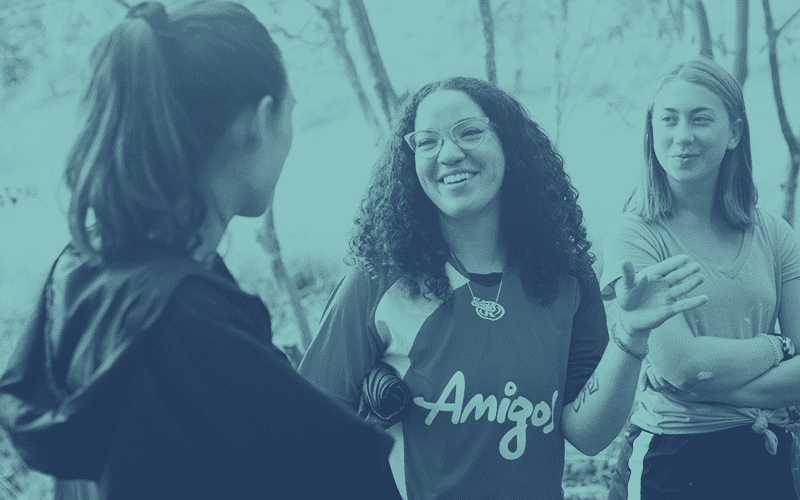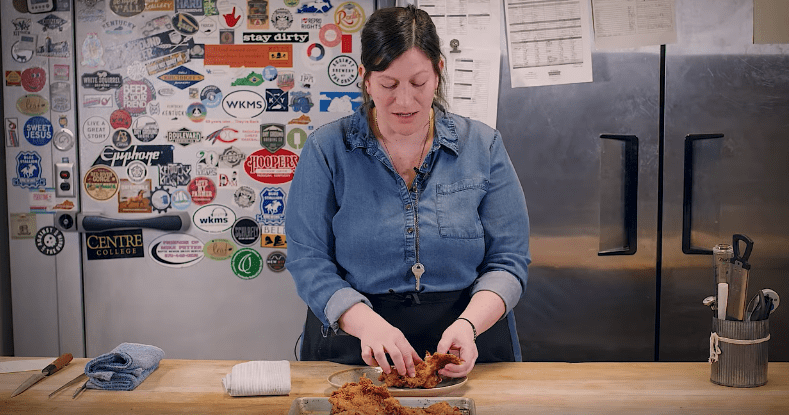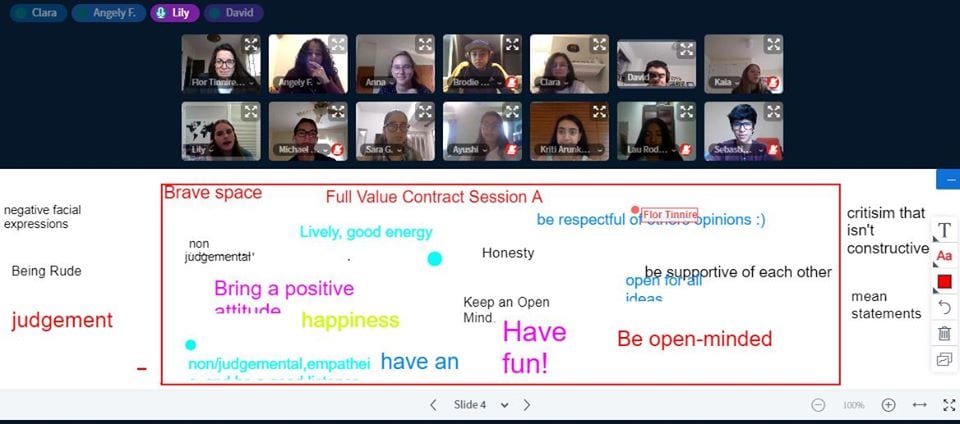Webinar Recap – The Service Industry After COVID-19
How three service leaders in dining, fishing and volunteering maintain the soul of service during a virtual moment.

When the COVID-19 pandemic started, I worried first about my family and my friends, then my children’s schools and our town’s local businesses. As it became clear that shelter-in-place was going to last for a long and indefinite time, and after I knew that my extended family was practicing safe behavior (mostly), I started thinking about the creature comforts that I would need to live without.
No barber (still haven’t seen him). No Friday afternoon dinner at our favorite restaurant. No easy way to volunteer in the community. Precious little summer hiking, camping or fishing.
I wrote about that “What will I live without?” moment in an April 1 blog post titled “The COVID-19 Question: Can Digital Experiences Replace Real-life Experiences?” by sharing some of the organizations that I was personally worried about missing–those that create experiences that foster and enrich human connections.
Fast forward to last week, and I got to speak with those three leaders:
- Anthony Carruesco, Founder, AC Fly Fishing
- Sara Bradley, Chef and Proprietor, freight house restaurant
- Sara Nathan, President & CEO, Amigos de las Americas (AMIGOS)

Anthony Carruesco, Founder, AC Fly Fishing | Sara Bradley, Chef and Proprietor, freight house restaurant | Sara Nathan, President & CEO, Amigos de las Americas (AMIGOS)
You can watch our entire 45-minute conversation, and read some of the highlights below.
How have you had to change the services you offer because of the COVID-19 pandemic?
Sara Nathan talked about the business interruption of having to quickly reroute volunteers who had been training for months, preparing for an in-person volunteer experience in Latin America that was no longer safe. She began by listening, looking into how AMIGOS could take their expertise organizing volunteer programs and make that a virtual and local experience that did not require international travel.
Sara Bradley talked about how Freight House began offering take-out. This broke the chain that she built to deliver excellent service and then watch for ways to improve that service. When she cannot see how many plates come back empty, or how many smiles their food and service provoke, that changes the way she runs her business. Also, because she sources all her ingredients within a day’s drive from the restaurant, impacts to local growers affect what she can serve to her customers. Surprisingly, watermelon has been really hard to get.

Anthony Carreusco talked about how guiding fly fishing trips on the Sacramento River cannot be done at more than 6-feet. His customers choose to run the risk. Small changes to his operations include extra equipment sanitation at the beginning and end of the day, and asking customers to bring their own meals. The big change he’s seen is a shift towards last-minute reservations, rather than how clients used to schedule visits months in advance. He spends more time in the evening scheduling guides with clients.
Are you doing anything new to maintain a human touch with your customers?
Anthony shared that after reopening, their day-to-day operations are much the same as they were before. But during the shutdown, his team spent a lot more time creating digital content on how to tie flies or how to fish local Northern California rivers like the McCloud. They were doing some of this before they paused operations, but really ramped it up while the guides couldn’t be on the river to keep people enthusiastic about the sport.
Like Anthony, Sara Bradley and the Freight House team produced how-to videos on cooking and entertaining (such as this one on making fried chicken for Mother’s Day), such as how to cook or make cocktails at home. Her team launched a new program called “Freight House at Your House,” delivering Family Meal Kits so clients could prepare the same family meal that Freight House staff shared with each other in the restaurant. Now that in-person service has reopened, servers have to change how they talk with clients, giving them more control, and asking them if they are too close or too far away. Both Sara Bradley and Anthony confirm that the social media work paid dividends when clients came back for in-person experiences. The digital content enriched the human connections that could then be delivered again face-to-face.

Making Fried Chicken for Mothers Day- Freight House at Your House
Sara Nathan shared her idea on how to facilitate the cross-cultural, human connections without shared meals, handshakes or hugs. Young students (digital natives themselves) have responded very well to online programs that have replaced the international travel programs, and AMIGOS has had to double capacity above what they planned for.

Amigos Community Impact Project, a six week online initiative to connect across cultures, design positive service projects, and support your community during the COVID-19 pandemic.
What is returning to normal, what will take longer to reset, and how do you plan?
Some aspects of these three organizations have already returned to normal, and some things have changed in ways that will persist. All three leaders have been able to reach brand new customers that they didn’t reach before. Anthony serves more younger customers now. Sara Nathan is connecting with volunteers that could not travel abroad. Sara Bradley doesn’t expect the restaurant industry ever to return to normal. There seems to be a universal transition away from long 2-week summer vacation trips towards a larger number of shorter, more impromptu trips locally. More people are driving to nearby places that they might have missed when they flew overseas.
The audience also asked a lot of great questions:
- For customers who have invested time and money in your service or to prepare for their experience, how do you sell them on the new experiences that you offer?
- How have customer expectations changed? Are they a little more patient than they used to be?
- What has the response been from AMIGOS’ partner organizations in Latin America and the United States?
- What was one big effect of the pandemic that you never would have seen coming?
- How have you managed the stress that your employees may be feeling?
- Tell us about something that you started doing because of COVID-19 that you plan to keep doing, going forward?
The speakers’ answers were very insightful, but this post is growing a bit long, so check out the last 15 minutes of the recording to hear how they answered questions from the audience. And if you are looking for top-notch experiences as you go back to your new normal, please check out these three excellent organizations.
Other Posts in this Series
- Webinar Recap: Smart Answers for Employee and Customer Support After COVID-19
- The COVID-19 Contact Crunch: More Questions & Fewer Available Agents
- Lucidworks Discusses COVID Response in Webcast with Google Cloud
- The Rise of Handwashing Technology
- Using This Moment as a Catalyst for Digital Business Transformation
- When In-Person Shopping Isn’t an Option, Actionable Ecommerce Metrics Are a Requirement
LEARN MORE
Contact us today to learn how Lucidworks can help your team create powerful search and discovery applications for your customers and employees.